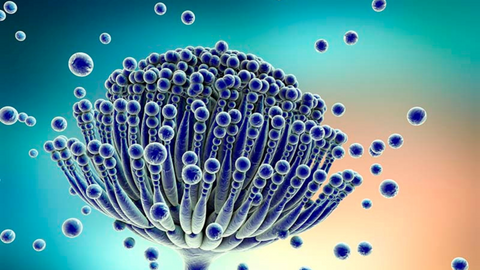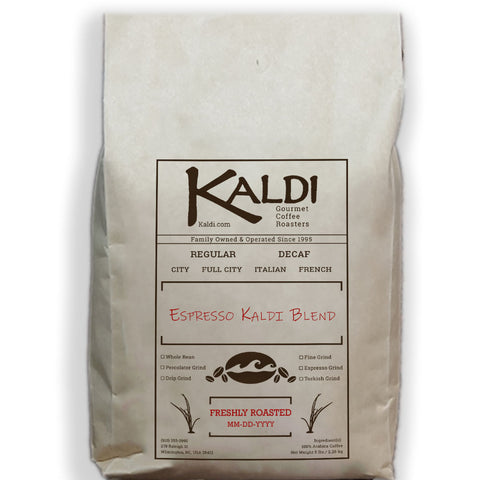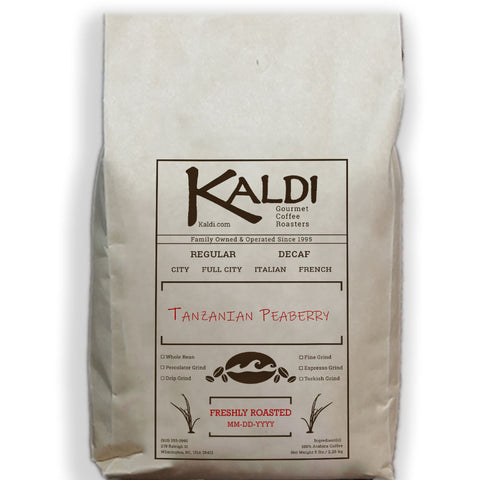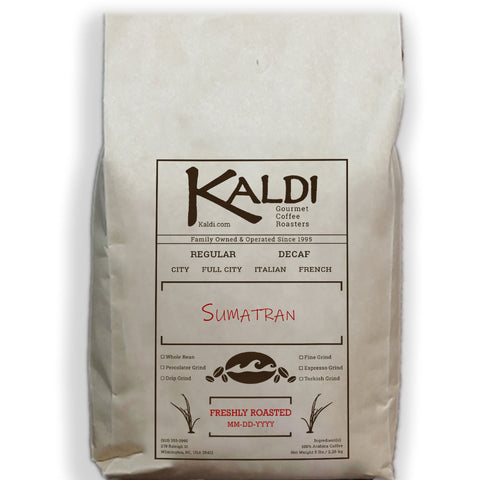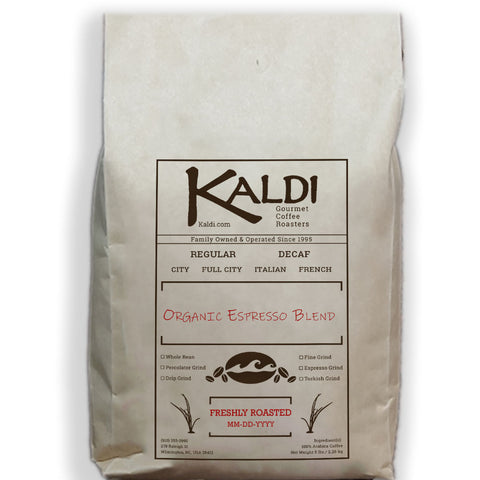In the world of coffee, terms like “mycotoxin-free,” “GMO-free,” “pesticide-free,” and “low-acid” are increasingly common, often used to appeal to health-conscious consumers. But what do these claims really mean? And more importantly, are they backed by science or simply clever marketing strategies?
Let’s start with the claim of “low acid” coffee. I’ve read some roasters market their coffee as being gentler on the stomach, often suggesting a higher pH level. While it's true that some coffees may have a lower perceived acidity, it's important to understand the nuances. Coffee naturally has a pH range of 4.85 to 5.13, making it inherently acidic. The idea that a coffee can have a pH of 6 or higher, as some brands claim, is often misleading.
The perceived acidity of coffee is influenced by several factors. Older coffee stocks tend to have a lower perceived acidity because certain chemical compounds responsible for acidity degrade over time (International Coffee Organization). Some roasters might use older beans to market their coffee as “low acid,” but this is more about using an inherent characteristic of aged coffee than a specific process to reduce acidity. While these older stocks may be less acidic, they often lack the vibrant flavors and complexity found in fresher beans.
Roast level also plays a significant role. Darker roasts tend to have higher pH levels (lower acidity) because roasting breaks down chlorogenic acids (Specialty Coffee Association). So, a dark roast coffee might naturally have a higher pH than a light roast, but this is a common characteristic across all coffee brands, not a unique feature of any particular brand claiming “low acid.” Brewing methods can also affect acidity; cold brew and espresso often have less perceived acidity than drip coffee or French press (National Coffee Association).
"GMO-free," "pesticide-free," and "shade-grown" are common terms used to promote the purity and safety of coffee. These claims are frequently covered by basic organic certification (USDA Organic), which typically signifies that the coffee is grown without synthetic pesticides and is often shade-grown. Since there is currently no genetically modified coffee available for commercial use, coffee beans are naturally GMO-free. Some brands may use these terms as additional marketing points even if they already hold organic certification.
One of the most concerning claims is “mycotoxin-free.” Mycotoxins are toxic compounds produced by certain molds that can grow on coffee beans. Proper moisture control during storage is crucial in preventing mold growth and mycotoxin contamination (European Food Safety Authority). While some brands may claim to test for mycotoxins, it’s essential to look for evidence of genuine third-party testing.
At Kaldi.com, almost all of our coffee cycles through our facility in less than 45 days and on average, we cycle through the bulk of our green coffee in just 20 days before it is roasted and shipped. Mold growth and mycotoxin formation typically require prolonged storage under high moisture or poor ventilation, often over several months. Scientific studies show that significant mold or mycotoxin contamination is highly unlikely within such a short storage period, especially when beans are kept dry and moved quickly. Our rapid inventory turnover further minimizes the risk of mold development, helping to ensure the safety and quality of every batch we roast and deliver.
Genuine third-party testing involves published lab results from accredited laboratories (such as ISO/IEC 17025-accredited labs), specific testing methods (like LC-MS/MS for mycotoxins), traceability of the beans, and certifications like USDA Organic (Food Standards Agency). Brands that provide detailed lab reports directly on their website—showing specific test results for mold, mycotoxins, heavy metals, and other contaminants—are more credible. If this is important to you, look for brands that disclose exact testing methods and provide information about their coffee's origin, farming practices, and supply chain.
It’s also important to note that proper testing should be performed each and every time a new batch of coffee is shipped to a facility. If other roasters are claiming their coffee is tested, this is the standard they must follow as well. Always request and review the latest, most up-to-date reports on the specific coffee you’re purchasing. Even if a roastery says they’ve tested their coffee, if they don’t provide details on when the testing was performed or how old the report is, that information is irrelevant to the most recent batch they have received. For true transparency and safety, only the most current testing results matter.
On the other hand, red flags indicating marketing gimmicks include no published data, broad claims without evidence, lack of transparency, and spot testing only. Terms like “low acid,” “clean coffee,” or “toxin-free” are often used as buzzwords without standardized definitions or scientific backing. If a brand claims third-party testing but doesn’t share lab results, it’s difficult to verify their claims.
Let’s consider Lifeboost Coffee as an example. They make several claims about their coffee: grown at high altitude; single-origin; prepared using wet and dry processes; hand-washed in pure spring mountain water; hand-selected; pulped; left to dry in natural sunlight; third-party tested; roasted to eliminate bacteria and mycotoxins; and approved by the agriculture department. While some of these practices are standard in the coffee industry (e.g., high-altitude growing for Arabica beans or wet processing), others require closer examination.
For instance, all Arabica coffee is grown at high altitudes because the cherries require warm days and cool nights for sugar development (International Coffee Organization). Most traditional coffee uses both wet and dry processing methods, while sun-drying must be done uniformly to prevent mold growth (Specialty Coffee Association). All exported coffee must meet agricultural standards; thus, this claim is not unique to Lifeboost but applies broadly across the industry. The claim of "hand-washing" is also standard practice in wet processing rather than an exceptional feature.
The most critical claim is third-party testing. If Lifeboost conducts testing for contaminants like mycotoxins or heavy metals, they should publish these results for transparency. Without access to detailed lab reports showing consistent results across batches, this claim cannot be verified. Roasting can reduce mycotoxins like ochratoxin A but does not eliminate them entirely—especially if contamination levels in green beans are high before roasting begins (European Food Safety Authority).
Lifeboost’s claim that its coffee "naturally has a pH of 6" is also misleading. Coffee’s pH depends primarily on roast level rather than an inherent property of the beans themselves (National Coffee Association). Dark roasts tend to have higher pH levels (less acidity), but this is true for most dark roasts across all brands. Their own website lists varying pH ranges depending on the roast level, which undermines the idea of a consistent "natural" pH of 6 across all their products. Without published test results verifying these pH levels consistently across batches, this claim remains questionable.
Conclusion
Differentiating between genuine third-party testing and marketing claims requires careful evaluation of a coffee brand's transparency, credibility, and practices. Look for brands that share verifiable data from accredited labs and maintain transparency in their processes. Be wary of broad claims without evidence and focus on companies that provide detailed information about their testing methods and supply chain.
Ultimately, choosing a coffee that aligns with your values and health needs requires being an informed consumer. Don’t just take marketing claims at face value; do your research, ask questions, and look for verifiable data. By understanding the nuances behind these claims—whether about acidity levels or mycotoxin safety—you can make better choices and enjoy your cup of coffee with confidence.

